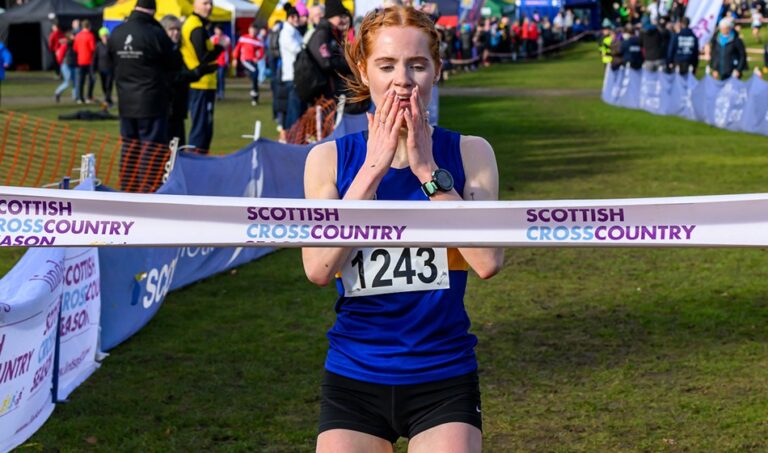
It should come as no surprise that tennis’s Big Three — Novak Djokovic, Rafael Nadal and Roger Federer — have dominated the Masters 1000 tournaments with nearly the same record-setting thoroughness as they have the Grand Slams. They’ve won a combined 103 of these top-tier tournaments; throw in Andy Murray and the title tally reaches 117.
Paris Masters
The Big Three won all but one Indian Wells crown from 2004 through 2017 and, with Murray, 12 of 15 Miami Open championships through 2019. Nadal won 10 times in Rome and 11 in Monte Carlo, with Djokovic winning a combined eight times at those two tournaments. The list goes on, with these legends typically filling a final’s other slot in most years, too.
But there’s one slight weakness: the Rolex Paris Masters, which begins Monday. Djokovic has won it six times. But Federer, now retired, won it only once. Murray has won once, and Nadal has reached only one final.
Last year, Holger Rune, then 19, won his first Masters 1000 in Paris, joining a list of surprising winners that since 2010 includes Robin Soderling, David Ferrer, Jack Sock and Karen Khachanov, none of whom ever won other Masters 1000 singles titles. (Three others — Denis Shapovalov, Filip Krajinovic and Jerzy Janowicz — reached their only Masters 1000 finals here.)
Several factors make Paris different, including that it’s the last big tournament of the year. “People are tired,” said Brad Gilbert, an ESPN analyst and former pro. “That brings a lot of unpredictability.”
Vedran Martic, Khachanov’s coach, noted that Khachanov was just 22 when he won, explaining that it’s easier for younger (and lower-ranked) players to find success after a long, grinding season. They have not been playing as deep into tournaments week after week as top-ranked players have, which gives them fresher legs. (Older players, he added, may also be more likely to have wives and children eager for their brief off-season to begin.)
Craig Boynton, who coaches the world No. 11, Hubert Hurkacz, said the court surface in Paris kept the ball from bouncing high, making it tougher for players to set up shots and win quick points. “That is taxing mentally and on the legs,” he said, emphasizing that the fatigue factor in Paris is typically more mental than physical.
“Attitude is most important at this time,” Boynton said. “In the locker room, people say, ‘Who’s crispy?’, meaning ‘Who’s burned out?’” Guys can get to Paris super crispy thinking about their vacation and want to get it over with and move on.”
Young players feeling good in the fall can gain confidence and get on a roll, as Rune did last year, Gilbert said. “If you get hot, that’s a good tournament to capitalize on.”
Martic agreed to an extent, saying that in 2018 Khachanov had just won in Moscow and was in a good groove. But he added, “It’s difficult to point to one reason: He also plays well indoors and likes Paris and the crowds and atmosphere there.”
The calendar matters in other ways, too. Federer withdrew from the Paris Masters or skipped it four times in the 2010s, partly because his hometown tournament in Basel, Switzerland, immediately precedes it. He not only won Basel seven times in that decade (and 10 total), reaching the final two other times, but also devoted extra energy to supporting the event.
More significant, Boynton said, is that on the heels of Paris is the ATP Finals for the top eight players. That’s even more prestigious than a Masters 1000. Three of those four times Federer bowed out of Paris, he played in the Finals; Nadal played the Finals four times after either skipping Paris or withdrawing mid-tournament because of injury.
Gilbert said that if a strong performance at the Paris Masters could send a player into the ATP Finals, however, “that’s a great motivator.” And, he added, money matters, too, pointing to a new wrinkle this year that will reduce crispiness.
The ATP will distribute $20 million among the top 30 players with the most rankings points accrued from Masters 1000 tournaments and ATP Finals. “That’s a significant amount of money, and my guess is that everyone close to the bonus pool will be up for a real battle,” he said.
However, any opportunity to break through comes with a Novak-size caveat: Djokovic, the most successful of the Big Three at this level, has reached the finals in seven of his past eight visits.
This year, he will be well rested. So, despite prior unpredictability and the factors favoring youth, the odds remain strong that an older man will be playing on the last day in Paris.
TO BEAT THE BEST AT THE ATP FINALS, PLAYERS MAY HAVE TO MIX THINGS UP











1 thought on “An Opportunity at Paris Masters After a Taxing Tennis Season”